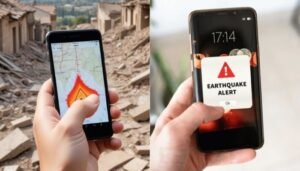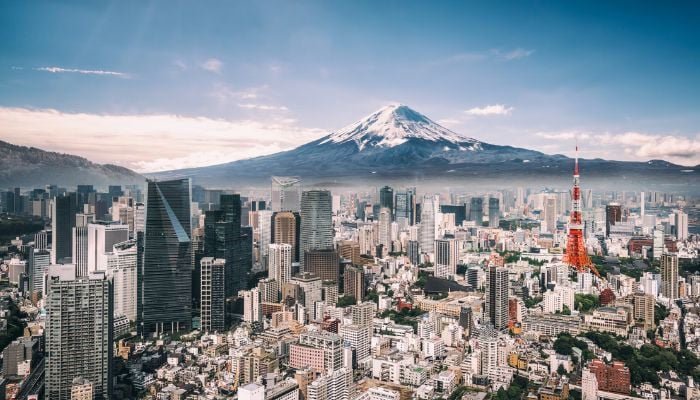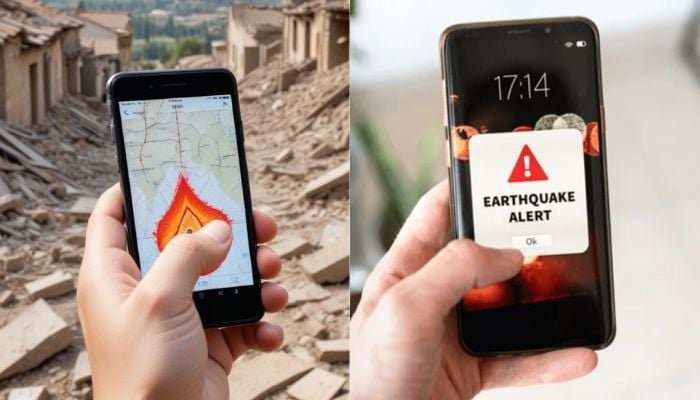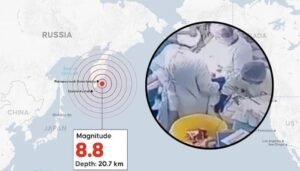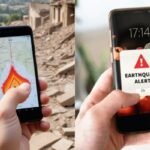Japan is transforming its approach to uplift disaster preparedness. By fusing old and modern technology, country is efficiently working to keep people safe and well prepared in case of any calamity.
Throughout its history, Japan has been experiencing several types of disasters, including earthquakes, tsunamis, volcanic eruptions, and floods.
The year marked the 150th anniversary of the Japan Meteorological agency. Since its inception in 1875, the agency has monitored weather and volcanic activities, 24 hours and seven days a week. Data was collected, analyzed and disseminated in line with the disaster warnings.
Being prone to a wide range of natural disasters, Japan has 7.1% of the world’s active volcanoes and experienced 18.5% of global earthquakes with a magnitude greater than 6, resulting in substantial global loss.
In this connection, a commemoration ceremony for the Japan Meteorological Agency held in June to discuss the importance of preparing for earthquakes and volcanic eruptions.
“To that end, it is important to constantly observe natural phenomena and accurately disseminate information that will contribute to disaster response to society,” issued a statement by Agency.
Technology elevates accuracy for better outcomes
The particular area which requires innovation is predicting micro-scale weather, specifically local weather variations that are too small to be depicted on standard weather applications.
For that purpose, researchers have been using supercomputers and high-resolution weather simulators to make the forecasts possible.
In this regard, a team from Fujitsu and Yokohama National University has become the first to predict tornadoes generated by the typhoons, combining the supercomputer Fugaku with the Cloud-Resolving Storm Stimulator (CReSS).
Unfortunately, the extreme rise in natural disasters ultimately results in serious threats to our lives. In such cases, accurate and effective responses are required to be provided in a timely manner to mitigate risks.
Japan’s climate change continues to increase the intensity of natural disasters; however, the new proactive model powered by technology will work wonders in case of a major disaster hit.
Accurate forecasts and effective responses based on well-informed decisions can minimize these life-threatening risks and maintain a safe and resilient society.


